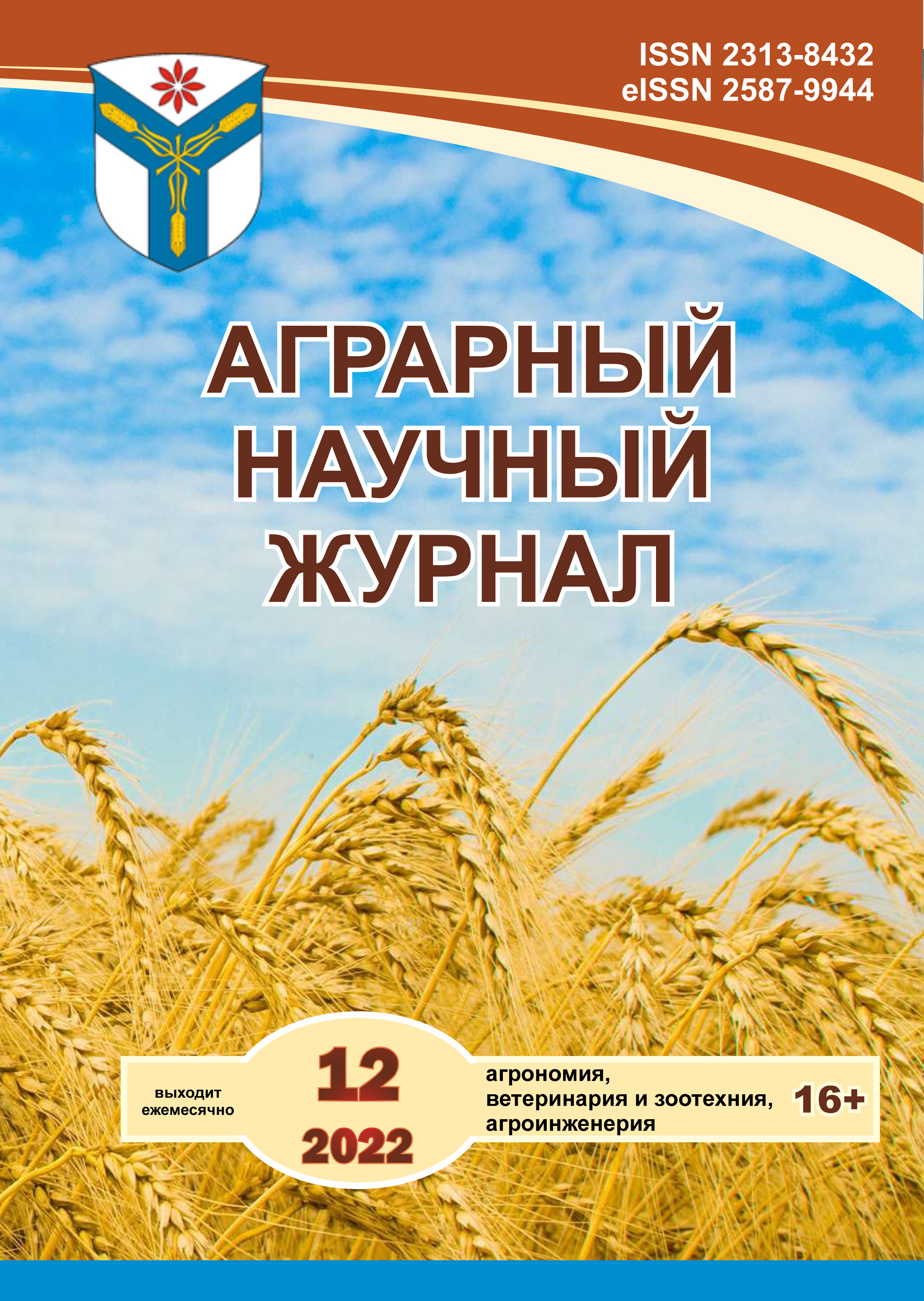The use of protein and other biologically active substances in feeding honey bees
DOI:
https://doi.org/10.28983/asj.y2022i12pp54-57Keywords:
bee family, top dressing, protein, biologically active additives, flight activity, average daily egg productionAbstract
In the presented work, the issue of the use of protein feeds with biologically active additives to increase the nutritional value of artificial feeds is considered. This approach makes it possible to introduce various sources of protein, amino acids, vitamins into the bee feed, as well as enzymes to relieve the load on the bee's body for digesting substances, growth-stimulating drugs based on organic acids, etc. Experiments conducted in 2018 on feeding candi bees to the composition, which included isolated soy protein, apple cider vinegar, showed the following results. In the control group, bees actively ate top dressing, however, in some bee families, the presence of yellowish-brown liquid excrement was noted, which indicated the presence of nosematosis. Bees from the experimental groups also actively consumed candi, but with the addition of soy isolate and apple cider vinegar, while the frames were clean, there were no spots of diarrhea and podmore. The Federal Scientific Center of Beekeeping is conducting research on the development of various formulations of feedings for honey bees. For the approbation of carbohydrate feeds with the inclusion of enzyme compositions in them, appropriate studies were conducted. 3 experimental groups were formed on the principle of pairs of analogues. The control group received sugar syrup, the first – inverted syrup, and the second group - inverted syrup enriched with flower pollen fermentolysate. Feeding of the presented feedings had an impact on the flight activity of bee colonies. Thus, the control group had the lowest flight activity. In the experimental groups, the flight activity of bee colonies was higher. In addition to the flight activity of bee colonies, the average daily egg production of queens was studied. In the control group, the average daily egg production of the uterus was at the level of 550 eggs. In the first experimental group, the uterine egg production was 9.10% higher compared to the control, and in the second group by 20.0%.
Downloads
References
Билаш Н. Г., Жаринов П. С. Видовая аттрактивность жировой фракции пыльцы // Пчеловодство. 2018. № 9. С. 17–19.
Эффективность применения шандры гребенчатой (elsholtzia cristata) в подкормке пчелиных семей / А. З. Брандорф [и др.] // Перспективы развития пчеловодства в условиях индустриализации АПК: материалы Междунар. науч.-практ. конф. 2020. С. 120–127.
Виличинская С. С., Садовникова Е. Ф. Экологические аспекты применения белково-витаминно-минеральных добавок в кормлении пчел // Наука – образованию, производству, экономике: материалы XVIII (65) Регион. науч.-практ. конф. преподавателей, научных сотрудников и аспирантов. 2013. С. 68–70.
Быстрова И. Ю., Колчаева И. Н. Использование белково-витаминного комплекса для обогащения углеводных подкормок в пчеловодстве // Вестник Рязанского государственного агротехнологического университета им. П.А. Костычева. 2021. № 3. С. 5–10.
Жаринов П. С., Билаш Н. Г. Липидная фракция пыльцы, как аттрактант искусственных кормов в рационе пчёл // Достижения молодых ученых – зоотехнической науке и практике: сб. докл. науч.-практ. конф. 2018. С. 308–314.
Колмацкий В. И., Стрельбицкая О. В. Гуминовые кислоты как фактор повышения биологических особенностей пчелиных семей // Сб. науч. тр. Краснодарского научного центра по зоотехнии и ветеринарии. 2019. № 2(8). С. 264–269.
Колчаева И. Н., Мурашова Е. А., Туников Г. М. Влияние углеводных подкормок, обогащенных БВК, на физиологическое состояние рабочих пчел // Современные вызовы для АПК и инновационные пути их решения: материалы 71-й Междунар. науч.-практ. конф. 2020. С. 61–66.
Применение белково-витаминно-минеральных добавок в кормлении пчел / Е. Ф. Садовникова [и др.] // Ученые записки учреждения образования «Витебская ордена «Знак почета» государственная академия ветеринарной медицины». 2012. № 2 (48). С. 143–145.
Стрельбицкая О. В. Использование канди для сохранности пчел в зимний период // Сборник научных трудов Краснодарского научного центра по зоотехнии и ветеринарии. 2018. № 1 (7). С. 95–99.
Ярошевич Г. С., Мазина Г. С., Кузьмин А. А. Влияние биологически активных веществ на репродуктивную функцию пчелиных маток в весенний период развития пчел в зависимости от медосбора // Известия Санкт-Петербургского государственного аграрного университета. 2020. № 4(61). С. 130–138.
Downloads
Published
Issue
Section
License
Copyright (c) 2022 The Agrarian Scientific Journal

This work is licensed under a Creative Commons Attribution-NonCommercial-NoDerivatives 4.0 International License.








